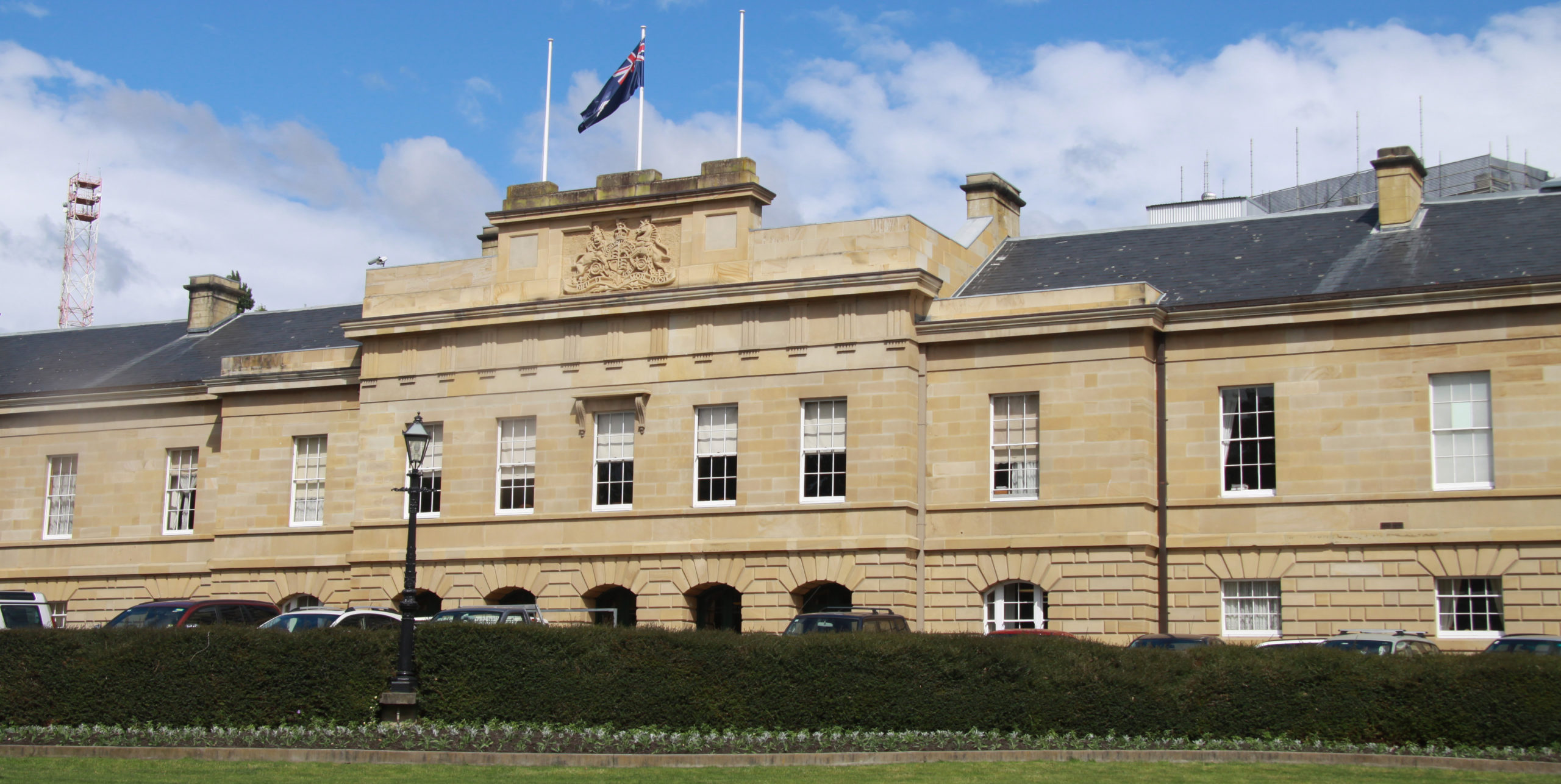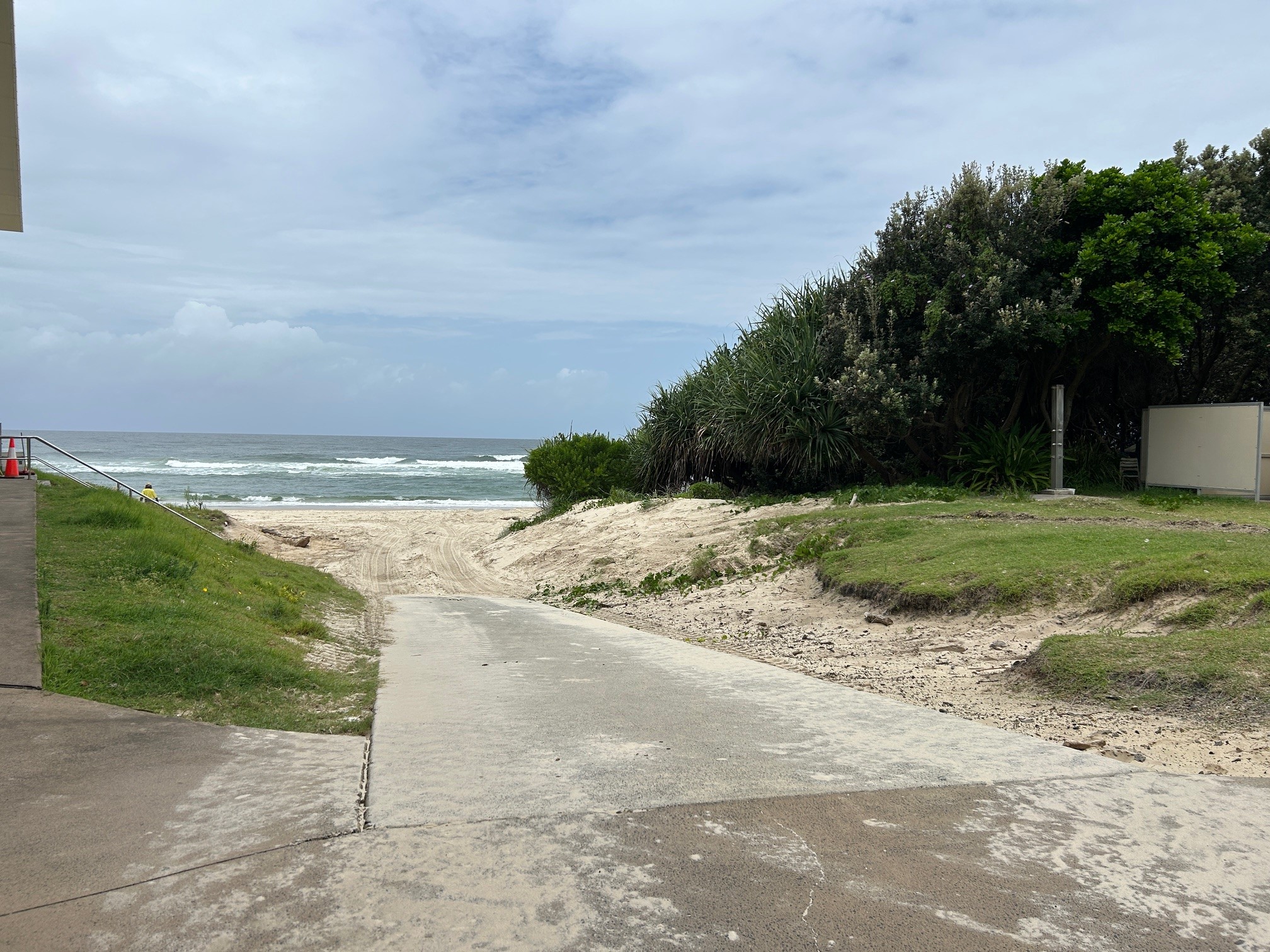Pressures on the budget are becoming more intense but after 30 months of the Albanese government’s responsible economic management we are much better prepared and better placed to deal with them.
When we came to office in May 2022 inflation was much higher and rising rapidly, interest rates were going up and real wages were going backwards.
We’d been handed a budget that had not seen a surplus in 15 years, cumulative deficits exceeding $225 billion were projected, and debt was on track to exceed $1 trillion in the next year.
While there’s more to do, our responsible economic management has turned that around in a record‑breaking fashion.
Australia’s fiscal turnaround is one of the best in the world. Our improvement in fiscal balance relative to GDP over the past 3 years is better than the UK, US, Euro Area, Canada and New Zealand.
That dramatic turnaround is still the main story in the mid‑year Budget update Finance Minister Katy Gallagher and I released this week.
The new figures show an improvement in the bottom line for this year since the Budget, and a big improvement in the bottom line since the election.
The deficit for this year is $1.3 billion smaller in this Budget update, and almost half the $47.1 billion deficit we inherited for this year from our predecessors.
We’ve delivered 2 surpluses in our first 2 years and now a much smaller deficit in our third.
The overall budget position is almost $200 billion better over the 6 years to 2027-28 compared to what was projected at PEFO. By comparison, the budget position was $140 billion worse in the first 6 years of the former government compared to the 2013 PEFO.
A better budget position means less debt and interest costs, and that’s what we’re delivering.
Gross debt is forecast to be $177 billion less than what we inherited this year, helping us avoid around $70 billion in interest costs over the decade.
The 2024-25 Mid‑Year Economic and Fiscal Outlook shows the budget is much stronger than what we inherited, due to a combination of limiting real spending growth, identifying savings and returning the majority of revenue upgrades to the bottom line.
Average real spending growth will be 1.5 per cent over the 6 years to 2027-28, which is less than half the 30‑year average and around a third of our predecessors.
We have identified $14.6 billion in savings and reprioritisations, with a total of $92 billion since the election, and returned 78 per cent of upwards revisions to revenue since the election.
Our predecessors drove gross debt to around 40 per cent of GDP and they expected it to stay there until the end of the medium term.
Gross debt is forecast to peak at 36.7 per cent of GDP, which is 8.2 percentage points lower than at PEFO and lower than every comparable economy.
We’ve proven it’s possible to ease the cost of living, fight inflation and get the budget in much better nick at the same time, and all without ignoring the risks to growth.
On our watch the economy is growing, inflation is moderating, real wages are growing, unemployment is low, a million new jobs have been created, tax cuts and cost‑of‑living help is rolling out to help people doing it tough, and there’s now much less debt than when we came to office.
But the global outlook is becoming more challenging and uncertain.
Treasury is forecasting the global economy to grow at 3 ¼ per cent for this year and the next 2 years, which would be the weakest consecutive three‑year period of growth in more than 2 decades.
Global weakness, uncertainty and other pressures have driven some slippage in the bottom line compared to Budget.
This slippage in subsequent years is largely because of urgent, unavoidable or automatic increases in spending in areas like pensions, Medicare and medicines.
This mid‑year update includes $8.8 billion in unavoidable spending, taking the total since coming to government to $47.6 billion.
We’ve also had to account for $16.3 billion in payment variations to ensure veterans receive their entitlements, to index pensions, to increase support to families, to support disaster recovery and support increased demand for health services.
We’ve managed to maintain a primary focus on the cost‑of‑living while also investing in the future.
In the mid‑year update the government is investing in easing the cost of living, building a Future Made in Australia, strengthening Medicare and the care economy, broadening opportunity, advancing equality and safeguarding our people and environment.
This is what responsible economic management looks like.
We know if Peter Dutton and the Coalition were in charge Australia would be in recession, and Australians would be under even more pressure than what we’re seeing in the community right now.
They are the biggest risk to our economy and to household budgets because we know their record and we know their plans. They didn’t support our cost‑of‑living help, they would come after Medicare and wages, and their nuclear fantasy would mean less growth in a smaller economy with less energy at higher prices.
The contrast is clear – responsible economic management and cost‑of‑living relief under Labor or reckless cuts that would have caused a recession under the Liberals.
We’ll continue to put a premium on responsible economic management and use the significant progress we’ve made as a platform not a destination.
We’ve got much more to do and plenty to lose if we don’t do more.
To keep pushing further and farther, striking the right balance between relief, repair and reform to make sure we can do the best we can for all Australians.







